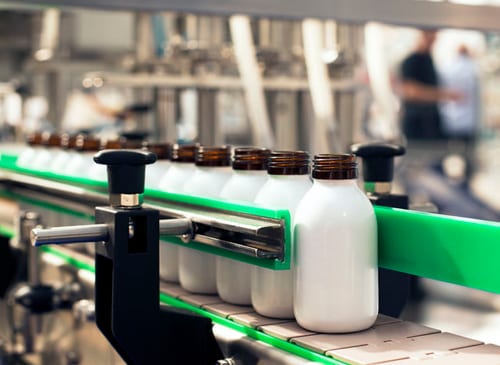A Costing Horror Story
I still remember the look on our General Manager’s face as we explained that our new product costing analysis had revealed that his biggest product line in the foodservice industry was being undercharged plant overhead to the tune of almost $3 million per year, and these costs were incorrectly being borne by our retail product line. As you can image that meeting ended with emotions running high and feelings of disbelief and shock.
How did we end up in this situation? For so many years our manufacturing plants would build a detailed budget by area of responsibility such as production, maintenance, quality control and sanitation based on the projected pounds of product to run through the plant. We would then simply apply the overhead rate per pound based on the weight of each case.
This method was “close enough” when we were a smaller company and the plant’s products and processes were somewhat similar across the board.
How We Gained Better Clarity and Transparency in Costing
As our company grew over many years, we added new product lines and new stock keeping units (SKU) and ended up with facilities that had lines running retail containers at weights of 2 and 3 pounds and foodservice lines running small portion pack SKUs of only 0.5-ounce product. We also acquired businesses and brands over time that continued to increase the complexity of our operation and we determined we were woefully behind in properly assigning costs.
We internally developed a straight-forward methodology of spreading the costs for our manufacturing areas of responsibility [i.e. production, maintenance etc.] across separately identified packing lines and production processing activities to provide a view of what it cost to run a specific line or process each year. We then determined how many hours of production were required during the year based upon our volume forecast and how long it took to manufacture each SKU based on the throughput of that line. Ultimately, we ended up with an accurate cost per hour to run a production line or process and applied this hourly cost to each SKU based on the volume that would run through that process per hour.
The clarity and transparency that this new information provided was breathtaking. We not only had a better cost build per line and process, but also within each production line the items that were slower running, due to small batch runs and frequent changeovers, were less profitable than we thought. This provided a roadmap to trimming our product portfolio based on the new clarity into product profitability.
How does the story end? The General Manager explained that his Foodservice division could not absorb such a large cost increase, and price for it in the marketplace, based merely on an “accounting change”. Fortunately, we were a few years away from consolidating three manufacturing sites into a new greenfield site that would provide significant manufacturing savings. We waited to officially institute the new costing methodology until the new site was up and running. This allowed the Foodservice division to basically retain a similar cost structure in the new facility and our retail division received all the savings associated with the investment in automation.
The moral of the story is to seek clarity in your product costs, this will lead to a stronger business and a better approach to the marketplace.





